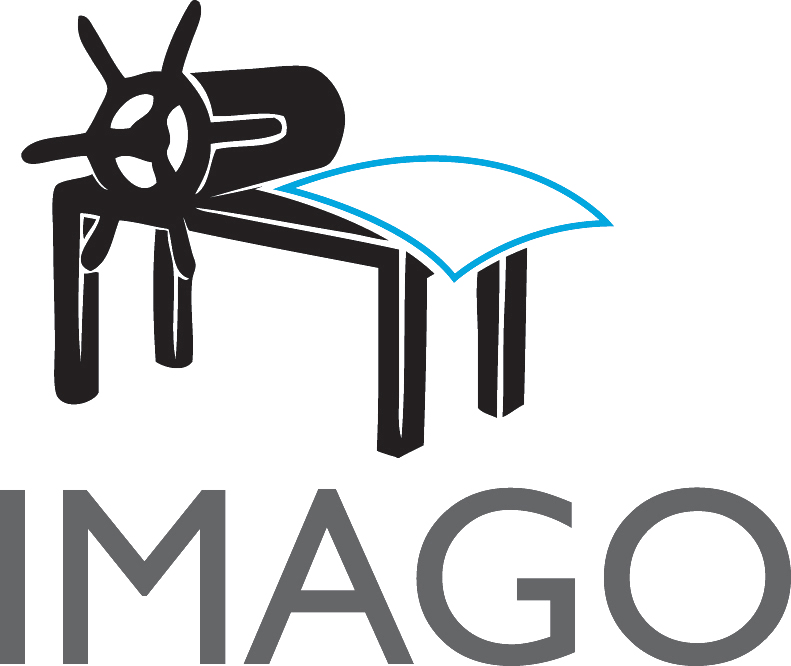Éloïse Plamondon-Pagé en résidence à Imago du 12 janvier au 1er février 2020
Causerie le mercredi 29 janvier, 17h-19h
Éloïse Plamondon-Pagé est en résidence à l'Atelier Imago du 12 janvier au 1er février. Venez la visiter à l'atelier et discuter de son travail lors d'un 5 à 7 le mercredi 29 janvier. Éloïse débutera sa présentation à 17h45.
Basée à Québec, Éloïse Plamondon-Pagé se consacre à une pratique artistique alliant estampe, installation, vidéo et photographie. Son travail a été présenté dans plusieurs expositions individuelles, collectives, et projets de résidence de recherche-création au Canada, aux États-Unis, en Allemagne, en France, en Italie, au Portugal, en Islande, en Chine et au Japon. À l’automne 2019, Éloïse a appris les bases du Mokuhanga auprès de Senseis japonais dans le cadre d’une formation de plus de 300 heures au MI-Lab Artist Residency (Japon). Cette expérience fut des plus enrichissantes pour l’artiste qui est littéralement tombée en amour avec la culture japonaise et avec le Mokuhanga, cette technique ancestrale de gravure sur bois et d’impression ayant vu le jour au 17e siècle.
Éloïse Plamondon-Pagé
Éloïse Plamondon-Pagé: Artist residency from January 12th to February 1st.
Meet and greet with the artist on Wednesday January 29th from 5p.m. to 7p.m.
Éloïse Plamondon-Pagé is the artist in residence at Imago from January 12th to February 1st. Join us at the studio for Happy Hour and a casual discussion of her work fron 5 to 7pm on Wednesday January 29th. Éloïse will start her presentation at 5:45pm.
Based in Quebec, Éloïse Plamondon-Pagé is dedicated to an artistic practice combining print, installation, video and photography. Her work has been presented in many individual, group exhibitions and research-creation residency projects in Canada, the United States, Germany, France, Italy, Portugal, Iceland, China and Japan. In the fall of 2019, Éloïse learned the basics of Mokuhanga from Japanese Senseis in a course of more than 300 hours at MI-Lab Artist Residency (Japan). This experience was very enriching for the artist who literally fell in love with Japanese culture and with Mokuhanga, this ancestral technique of wood engraving and printing having emerged in the 17th century.




